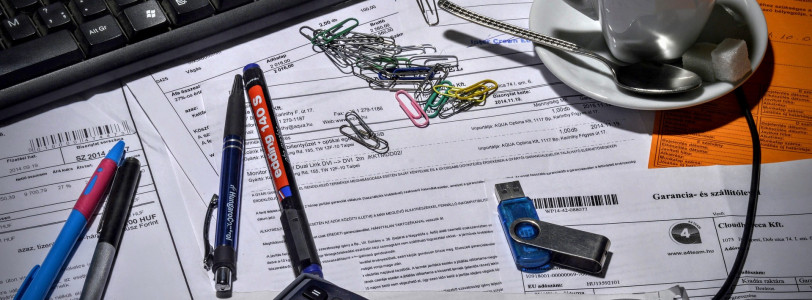As a self-employed individual/freelancer, sending invoices is an important part of running your business. An invoice is a document that you send to your customers to request payment for goods or services that you have provided. It is important to ensure that your invoices are accurate and contain all the necessary information.
Ideally, you would have a pre-agreement in writing for the service you were providing that stipulated fees, any expenses, and expectations around payment timeframes. This makes invoicing easier as both parties know exactly how much the invoice should be for, and there is less room for pushback. If not, it’s not necessarily a problem, but in future always insist on getting everything in writing before starting.
When sending an invoice, it is important to ensure that it is sent to the correct person or company. It’s good practice to include the company name and address on the invoice (even when emailing it) – if you’re unsure of the address, just ask. You should also include your contact details, such as your name, address, telephone number and email address. Especially in larger organisations, the person you send the invoice to might not be the person processing it, and including your details will make it easier for your customer to contact you if they have any queries.
The invoice should include a clear description of the goods or services that you have provided. This should include the quantity, unit price and total cost. On your invoice, you should also include any applicable taxes, such as VAT if you are registered for it. You must register for VAT if you have revenue over £85,000 per year - but check the HMRC website for the latest figure and more details: https://www.gov.uk/register-for-vat
It is important to include payment terms on your invoice. This should include the payment due date and the payment method. You should also include any details of late payment fees that may be applicable, or at least a link to your terms detailing this.
It may sound obvious, but you should also include your bank details on the invoice. This will make it easier for your customer to make payment. You should include your bank name, account number and sort code. If you’re invoicing internationally then you might need to include your IBAN and SWIFT codes - all available on your bank statements normally.
You may also consider getting set-up with an online payment provider like https://stripe.com if you want to accept payment by card - although there will be fees. But this might help get quicker payment if you include a link to online payment.
You should keep a copy of the invoice for your records. This will help you to track payments and ensure that you are paid on time. We recommend that you also include an invoice number on each invoice. This is helpful if you ever need to quickly refer to it when sending up a chaser email, and again, is helpful when reconciling payments for your accounting. If you’re making each invoice manually, this could just be your initials and an ascending number, or if you use invoicing software it will often generate it automatically for you.
Finally, make sure you send your invoice as a PDF, even if you create the initial invoice in Word. PDFs are harder to amend, so unscrupulous companies can’t edit your invoice, but also accounting software works better with PDFs than other document formats, which will prevent hold-up when it comes to processing.
One thing to keep in mind when invoicing is your responsibilities to HMRC. As a self-employed freelancer, you will be responsible for your own tax. If you are earning over £1000 a year through your freelance work you will need to register as a sole trader at HMRC. It’s very simple to do and we have a guide that goes into more detail here. On your invoice, you should always stipulate you are responsible for your own tax and National Insurance – some organisations are now sending back invoices that don’t clearly state it. Try to set aside 25% of your payments to account for your tax returns at the end of the financial year.
In conclusion, sending invoices is an important part of running a business as a UK self-employed individual. It is important to ensure that your invoices are accurate and contain all the necessary information. This includes your contact details, a description of the goods or services provided, payment terms, bank details and a copy of the invoice for your records. By following these steps, you can ensure that you are paid on time and your customers are satisfied.
Are you sending an invoice for the first time? Use this checklist to make sure that it has everything on it that’s required for prompt payment.
- Your name, address and contact details
- The name and address of the person/organisation your invoicing
- An invoice number
- A breakdown of costs, including a description and any associated taxes
- Your bank details, including account number and sort code
- A statement declaring you are responsible for your own tax and National Insurance
- Details of any payment terms, such as due dates or late-payment penalties
- Make sure the invoice is in PDF format
- Have you kept a copy of your invoice for your own records









0 Comments